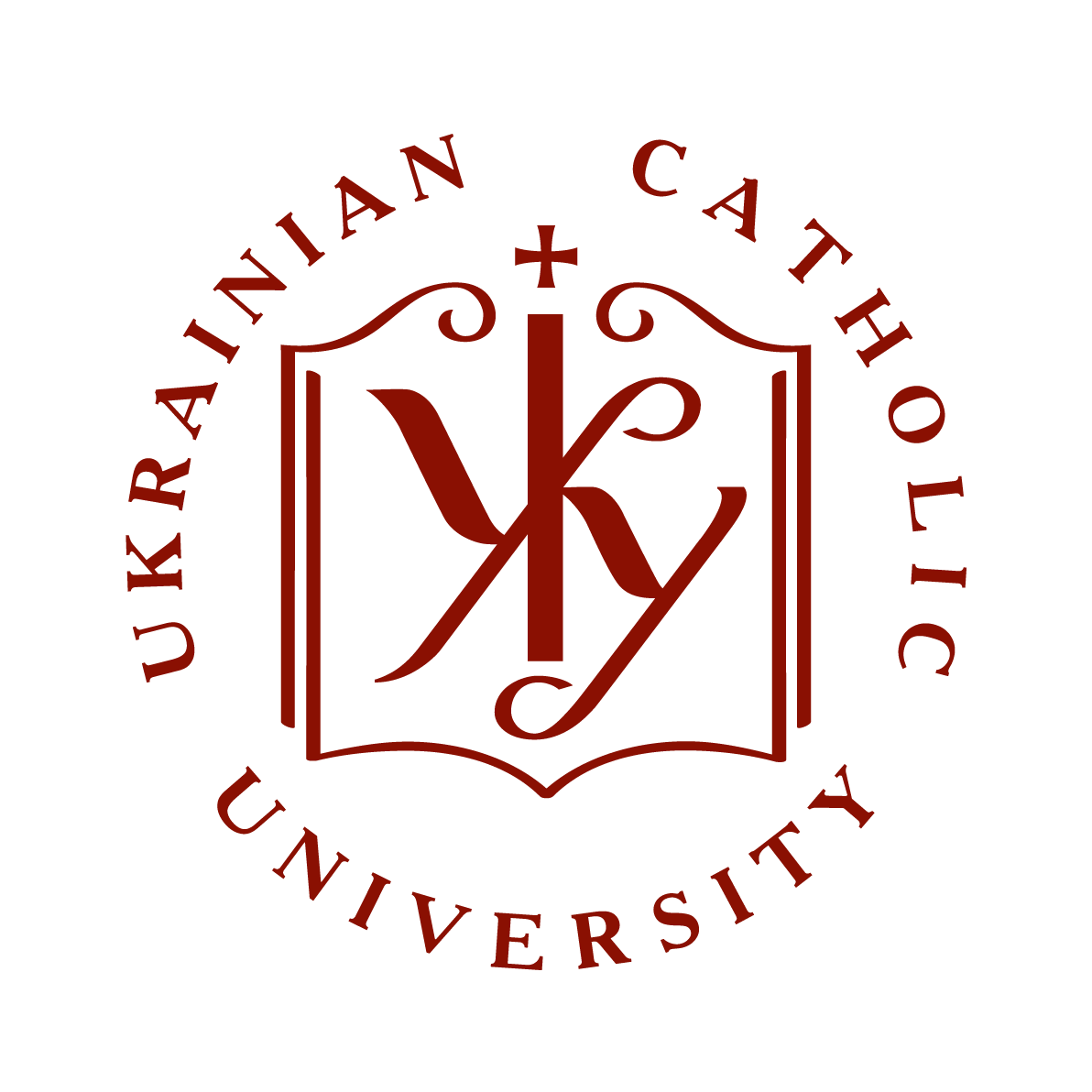Сценарії JavaScript вимкнено для Вашого браузера. Деякі функції цього сайту не будуть працювати без них.
| dc.contributor.author | Марта, Тимошенко
|
|
| dc.date.accessioned | 2019-05-30T19:18:07Z | |
| dc.date.available | 2019-05-30T19:18:07Z | |
| dc.date.issued | 2018-11 | |
| dc.identifier.citation | М. Тимошенко. Антична спадщина у коментарі голландського картографа Абрагама Ортелія до мапи Понту Евксинського 1590 року // Проблеми гуманітарних наук: збірник наукових праць Дрогобицького державного педагогічного університету імені І.Франка. Дрогобич, 2018.-- Вип. 42. -- С. 286-299. | uk |
| dc.identifier.isbn | ISSN 2312-2595 | |
| dc.identifier.uri | http://er.ucu.edu.ua/handle/1/1543 | |
| dc.description.abstract | У статті автором аналізується енциклопе-дична ерудиція з античної історії та географії голландського кар-тографа Абрагама Ортелія, який у 1590 р. видав мапу Понту Евксинського разом з цінним латиномовним коментарем до неї. Детальний розгляд цього джерела має на меті показати його структуру, уявлення та рівень знань людини в епоху не просто великих географічних відкриттів, а й неабияке зацікавлення та попит на історичну географію в кінці XVI ст. | uk |
| dc.language.iso | uk | uk |
| dc.publisher | Дрогобицький державний педагогічний університет імені І.Франка. | uk |
| dc.rights | CC0 1.0 Universal | * |
| dc.rights.uri | http://creativecommons.org/publicdomain/zero/1.0/ | * |
| dc.subject | мапи, альбом, голландська картографія, Понт Евксинський, греко-римські історики, топоніми. | uk |
| dc.title | Антична спадщина у коментарі голландського картографа Абрагама Ортелія до мапи Понту Евксинського 1590 року | uk |
| dc.type | Article | uk |
| dc.status | Публікується вперше | uk |
| dc.subject.udc | 009+1+4+15+93 Д 75 | |
| dc.description.abstracten | The name of а Dutch mapmaker, Abraham Ortelius, is known first and foremost due to his Theatrum Orbis Terrarum – a 1570 atlas with maps, which was reissued many times even after his death in 1598 in six European languages. The spread of this atlas can be proven by the fact of existence of its copy in the funds of Volodymyr Vernadsky Ukrainian library. Since 1579 the Flemish master created a supplement to it consisting of three ancient maps, the «Parergon». During the following years, Ortelius continuously had been supplementing it with new regional maps, so that by 1590 an independent atlas of 39 ancient maps appeared, which in some editions was bound together with a «Theater...». If for the creation of the «Theater ...» he was called a compiler, being accused of copying the maps of the world from other authors, the ancient maps the Dutchman painted himself with an extraordinary precision, colored engravings of which were made by Jan Wierix. In addition to 39 maps, the «Parergon» has a great value in the Ortelius comments written in Latin and placed on the reverse side of an each map (so called in verso). In the XVI century, when the interest in antiquity became more and more alive (it was due to the first printed edition by E. of Rotterdam in 1533 of Ptolemy Geography), the map creation was of scientific and educational purpose. For these commentaries (or scholia), for the first time, drew his attention the Dutch researcher of Ortelius, Marcel van den Broecke. Among the 39 maps on antiquity, one is devoted to Pontus Euxinus, in his commentary to which Ortelius describes the physical geography of the Black Sea with reference to the ancient Greek and Roman authors of various epochs: poets, geographers and historians, with valuable information regarding the size and analysis of the most important, in his opinion, toponyms. A detailed reading of this map with a commentary on it is important today, for it gives us an opportunity to understand the level of the Dutch notions about the classical geography in the 16-th century, and the map itself is one of the most detailed cartographic sources for studying the ancient toponyms of the Pontus coastline after Ptolemy and the Peutinger maps; it is a peculiar archive of ancient references and descriptions of objects around the Black Sea created by a far-not-resident of the ancient world, but a great scholar and connoisseur of Greek and Roman history as well as ancient geography. There is no wonder that Claudius Ptolemy, a father of the world cartography, influenced much Ortelius when the latter was creating his maps (it is known that the Dutchman published the Ptolemy nomenclature in his «Parergon»). | uk |
| dc.relation.source | Проблеми гуманітарних наук: збірник наукових праць Дрогобицького державного педагогічного університету імені І.Франка | uk |
Files in this item
The following license files are associated with this item:
This item appears in the following Collection(s)
-
Статті [47]
Articles



